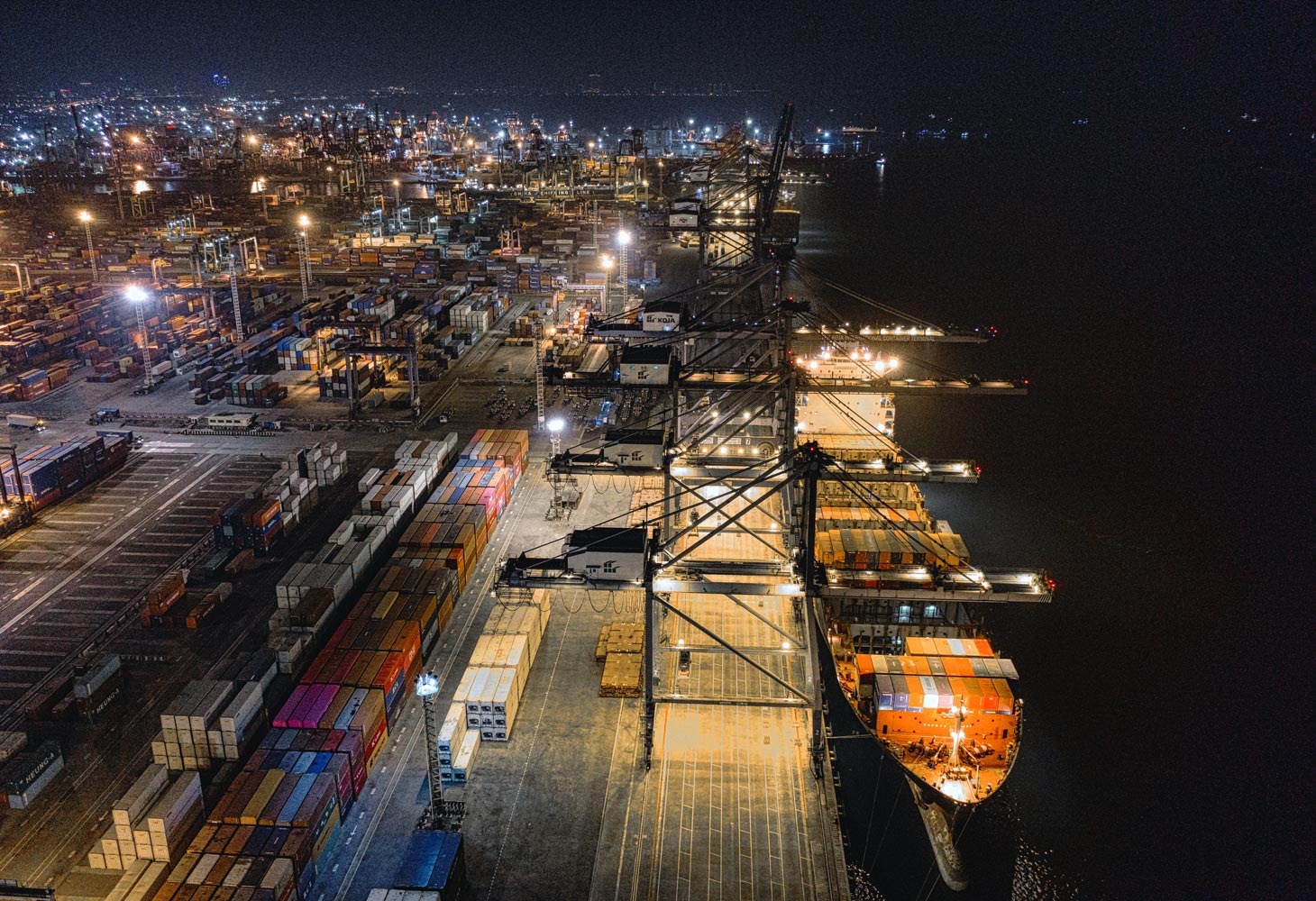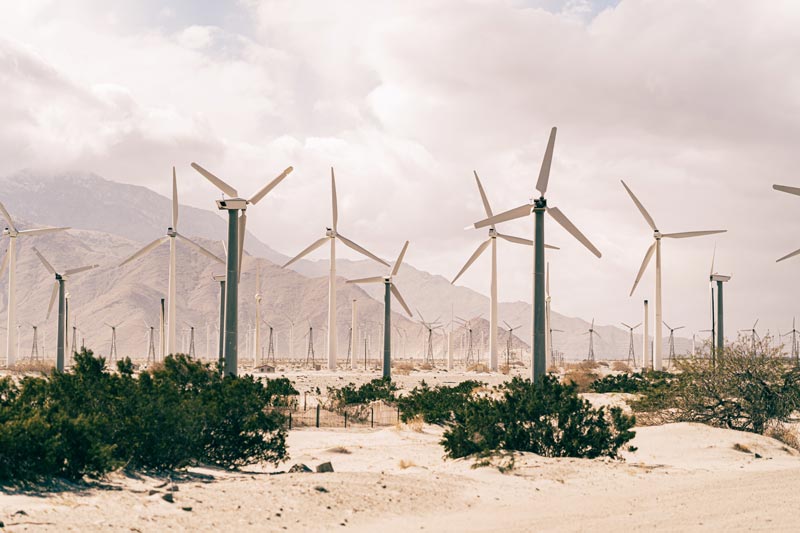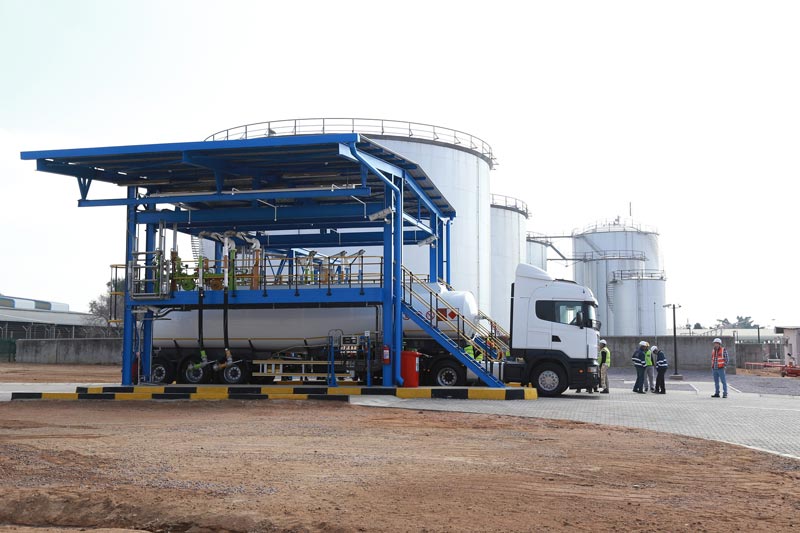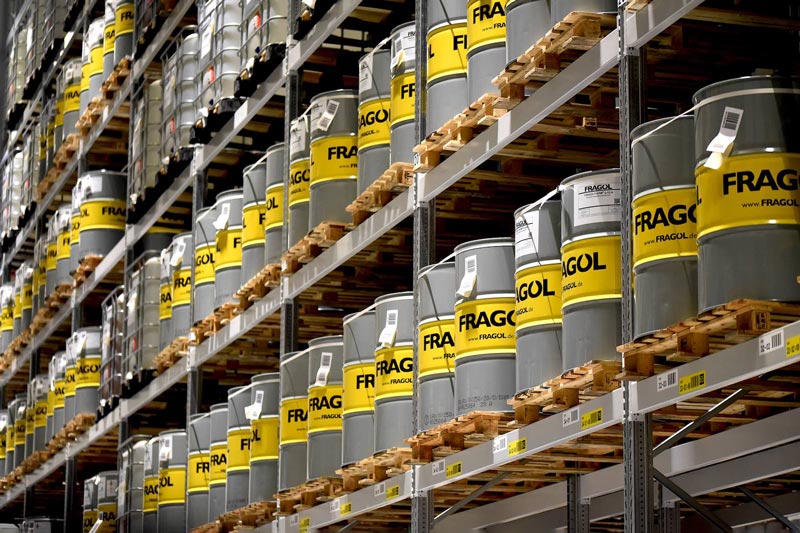
2021: A tumultuous year for fuels and lubricants
As we approached the end of 2020, the Covid-19 pandemic was wreaking havoc on individual health and wellbeing, as well as business performance. The pandemic tested us beyond our measure and exposed humanity’s vulnerability. The arrival of vaccines for SARS-CoV-2 allowed us to start to turn a corner and there was talk that 2021 would be a better year. The pandemic would begin to wind down and things would return, not to normal, but to a new standard as we transitioned to managing Covid-19 as an endemic virus.
As we enter 2022, it is worth recapping the tumultuous year that was 2021. What were the news events that resonated? From our most popular news stories, it’s clear that our industry is looking forward, not backward.
Covid-19 offered short-term environmental benefits, and the crisis seems to have galvanised global efforts on climate change. Some of our most popular stories of the year were related to sustainability news and trends.

There was significant interest in Shell’s Energy Transition Strategy, published on April 15, 2021, that aligned the oil major with the more ambitious goals of the Paris Agreement. Shell’s strategy demonstrated how the company intends to profitably navigate its transition to a new energy company and included operating plans, outlooks and budgets, with a 10-year forecast. The first step is to add more low-carbon products as Shell looks to achieve net-zero on direct and indirect emissions by 2050.
Castrol also unveiled its new sustainability strategy, PATH360, on 30 March 2021. The strategy included three primary areas of focus — reducing carbon, saving waste, and the — somewhat less tangible — improving people’s lives. Castrol indicated it is committed to significantly increasing its carbon-neutral offers, with plans to deliver a 50% cut in the net carbon intensity of its products by 2030.
Despite a heightened focus on emissions, F+L Magazine questioned whether decarbonisation initiatives are misaligned with zero emissions targets. The pathway for heavy industry and long-distance transport end-use sectors remains unclear, though, a “phenomenal” drop in the cost of renewables offers a glimmer of hope, suggests Paul Durrant, of the International Renewable Energy Agency (IRENA).
In February, we highlighted the inherent conflict between traditional OEMs and end-user business models. OEMs are self-interested in selling additional units, whereas buyers are seeking the reliable functioning of a machine, minimal downtime and a reduction in the total cost of ownership. In the Oil as a Service story, we discussed the emergence of new subscription-based business models with Victoria Van Camp, chief technical officer at SKF.
The rise of electric vehicles (EV) and the impact on the internal combustion engine (ICE) continues to be a hot topic with our readers. Early in 2021, we published Internal combustion engine: A bright future if it is allowed to compete, which included thoughts from the American Fuel & Petrochemical Manufacturers (AFPM) on improving the efficiency of the ICE and their potential to surpass EVs from an environmental standpoint. This popular article may not have aged well as EVs enjoyed another bumper year and bans on the sale of ICE continue to emerge.
ICE bans, or 100% zero emission vehicle (ZEV) targets, have drawn the ire of many industry stakeholders. Previously, the path to net-zero emissions was viewed as a technology-neutral one. However, the announcement of the “Fit for 55” policy package in the European Union looks like the beginning of the end for petrol and diesel vehicles. We reviewed the impacts of the “Fit for 55” proposals in Petrol and diesel: unfit for 2030? including reaction from the European Automobile Manufacturers Association (ACEA) that this is not a rational way forward.
Nevertheless, an increasing volume of automakers intend to transition to 100% electric vehicles. With this transition comes additional demands on lubricants. The article, Electric vehicles: Special requirements and impact on future grease demand, looked at the need to reformulate lubricants to function in close contact with electric modules, new polymers, sensors, and circuits.
In Japan, there is considerable interest in automated driving technologies. In Beyond the limits of human ability, we reviewed efforts by the Japan Automobile Manufacturers Association (JAMA) to enhance the social acceptance of automated driving including plans to increase the widespread usage of the technology during the second half of this decade.
Diesel continues to be a force to be reckoned with, particularly on the heavy-duty vehicle side. The article Diesel technology to dominate heavy-duty transport until 2040, analysed how this technology can remain relevant with biodiesel blends. Data from the California Air Resources Board (CARB) indicated that biodiesel has the lowest carbon density of any liquid fuel, substantially lower than liquified natural gas (LNG). Jennifer Weaver, OEM market development manager at the National Biodiesel Board (NBB) even suggested that the carbon intensity was substantially lower than electrification — although data was based on electricity from a coal-fired power plant, which is slightly misleading.
Advances in batteries and fast-charging technology are encouraging mining companies to dip their toes into the waters of electrified mining. Some early adopters are claiming lower maintenance and operational costs and productivity improvements from electrified mines. The electric mine: Demise of the diesel assessed an advanced dielectric fluid for battery thermal management that enables the direct cooling of battery electrochemical cells and is adapted to mining conditions.

Development of new industry specifications always garners noteworthy attention from our readers. Perhaps the biggest specification-related story of 2021 was the formation of the International Fluids Consortium (IFC), a global syndicate of 11 OEMs. IFC has grown weary of the timelines for specification development, and the fact they are regional in nature and foster duplication. Its focus is three-fold: 1) develop and maintain fluid specifications for proper vehicle performance 2) promote the global awareness, availability, and use of approved fluids and 3) manage a sustainable program for certifying, auditing, and easily identifying tested and approved fluids.
China VIA is the most recent emissions standard in China. The second phase of China VI, China VIB, is expected to launch in 2023. When fully implemented, it will be the most stringent emissions legislation in the world. The consultation period for Euro 7 was completed this year. There is growing interest in whether China will follow Europe’s efforts or if the next legislation will be unique to China’s operating conditions.
Continuing the theme of industry specification, the ACEA Engine Oil Sequences light- and heavy-duty specifications were split for the first time in 2021, with only the passenger car or light-duty standards updated. In our article on August 18, we examined the latest changes and impact of delays to the ACEA Heavy Duty Engine Oil Sequences.
OEMs have raised concerns around the incidence of low-speed pre-ignition (LSPI) events, even with modern engine oil standards—API SN PLUS and API SP. Recent research has highlighted the need for a supplement to API SP to avoid warranty headaches for OEMs. The API SP supplement would include an LSPI test for aged oil.

The heating industry has committed to a renewable biodiesel future. There was considerable interest in our review of activity to enable the balloting of higher levels of biodiesel into the ASTM D396 heating oil standard, including plans to ballot both B50 and B100. In December, New York became the largest U.S. state to mandate blending of biodiesel in heating oil after Governor Kathy Hochul signed S.3321-A/A.7290 into law. Starting in July 2022, heating oil sold for use in any building in New York must contain at least 5% biodiesel by July 1, 2022, 10% by 2025 and 20% biodiesel by 2030. Blending requirements are already in effect in Long Island and New York City. The U.S. states of Rhode Island and Connecticut passed biodiesel blending requirements in the summer of 2021.
The marine industry is also focused on increasing biodiesel content with ISO deliberating on increasing biodiesel content in ISO 8217. B20 is the low-hanging fruit, however, ISO is also evaluating B30, B40, and B50.
Shipping is one of the hardest sectors to decarbonise. Marine diesel engines: The beginning of the end? presented the case for ammonia—despite concerns around toxicity and new skills and safety requirements—including plans by MAN Energy Solutions to develop an ammonia engine and supporting systems by 2024. Methanol produced from natural gas also offers a step-by-step approach to the decarbonisation of shipping.
The European Union is committed to fuelling the growth of green hydrogen. Our review of the impacts of a green hydrogen economy on lubricants has major implications for the European lubricant industry. Sharbel Luzuriaga, project manager at market research and consulting company Kline, highlighted a probable market contraction in early decarbonising sectors, such as engine oils and industrial lubricants, that will make lubricant companies wary.
Lubricants continue to be critical to the efficient operation of vehicles for the foreseeable future. A whitepaper by the Asian Lubricants Industry Association (ALIA), An Investigation of On-Highway Commercial Vehicle Lubricant Quality in Key Asian Markets, considered oil quality levels used in commercial vehicles in the four most populous Asian vehicle markets—China, India, Indonesia, and Thailand. In our review, we highlighted the disparity between recommended oil quality and engine oil in use and the potential consequences for fleet operators.








